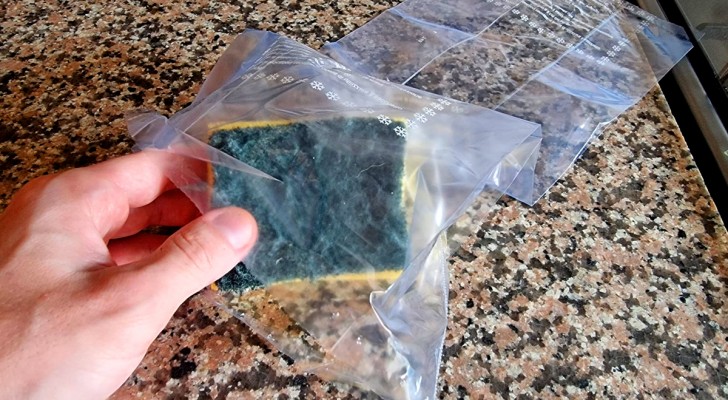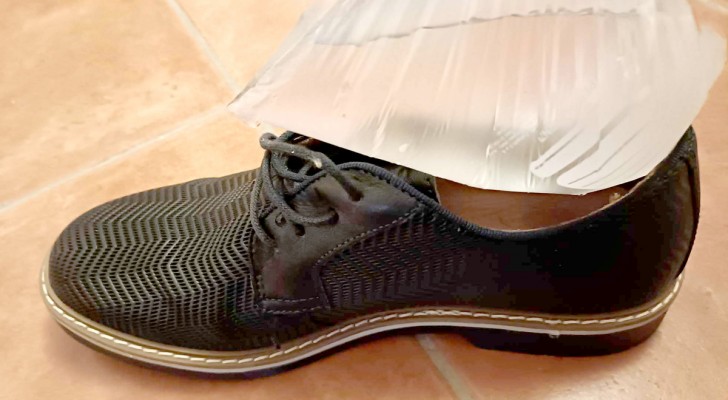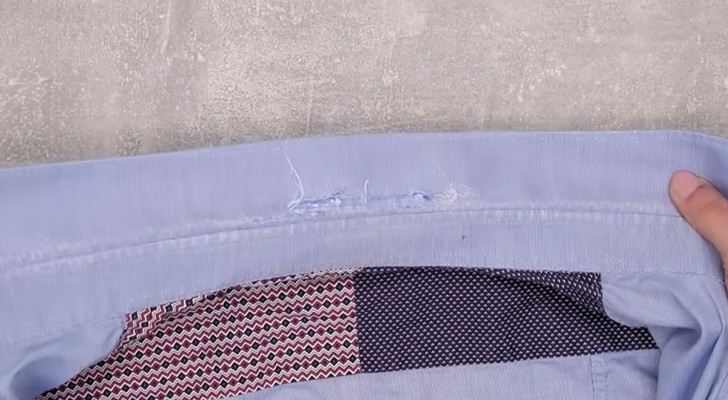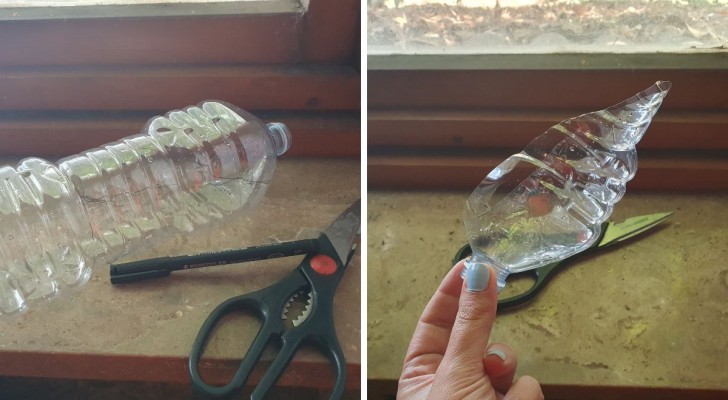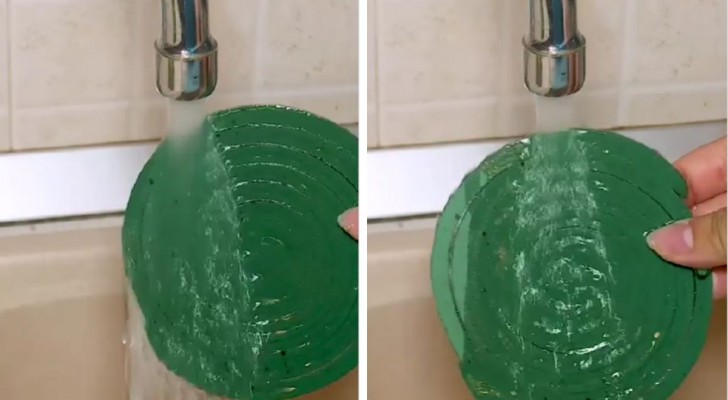Is a battery new or used? Discover the method to determine if batteries are still fully charged or not
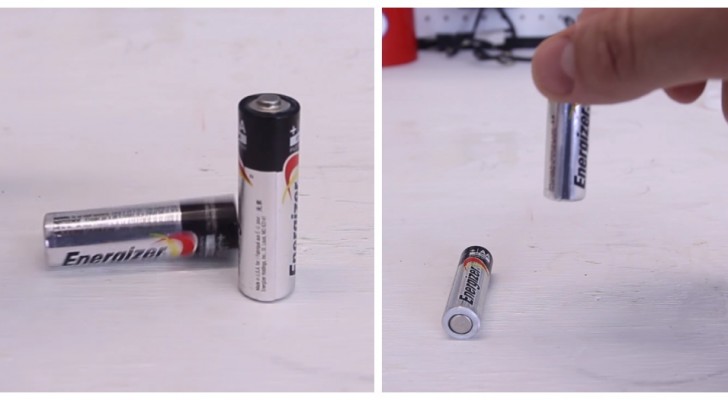
Although the advancement of technology is all about the development of energy systems in which the batteries are increasingly powerful and able to last longer, there are still many commonly used devices powered by disposable batteries.
These batteries force us to always have some to hand: depending on the device into which they are inserted, we have to buy various models (AA, AAA, and so on). But how many times does it happen that we open a drawer and find old batteries that we do not know are still good (or not)? Considering the potential waste, it is best to find a way to determine which ones are still good. And luckily, there is a really simple tip that can help us with this.
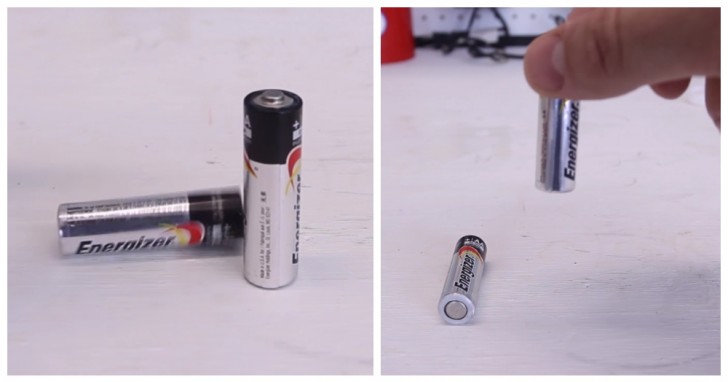
This is a tip to use when we do not have a meter to determine if a battery is still good or not.
As the YouTuber Household Hacker shows us in a video, the test is really very simple and super fast. In fact, it is just a question of dropping the battery on a table, from a maximum height of 10-15 centimeters.
- He takes the battery in his hands, with the negative side (the flat side, without the button on top) facing down.
- He lets it fall vertically onto the table.
If the battery remains standing, and makes a heavy noise, it is charged. Otherwise, it will fall over, indicating it is spent. As you can see in the tutorial (accessible from the link below the above photo), the charged battery makes a small thud "like a brick" - it wobbles a bit, but stays standing. The other falls over immediately (because it is less heavy).
Maintenance and disposal
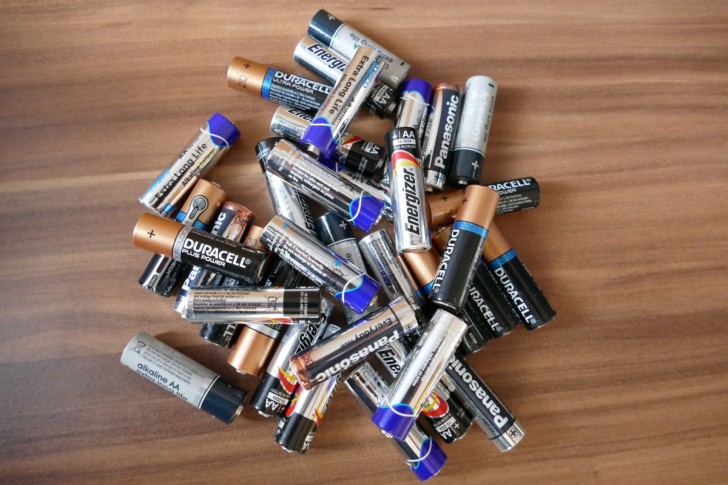
If, by using this little tip, you discover some dead batteries, remember that these are special waste products which cannot be disposed of together with other household waste.
Collect the dead batteries in glass or wooden container, and when you have enough to throw away (but never wait too long: sometimes the liquid inside corrodes the casing and escapes, and is highly toxic), place them in the special disposal area provided by your council.
As for maintenance, to make batteries last longer and work better, remove them from devices that will not be used for long periods; keep the battery contact surfaces and battery compartment contacts clean by rubbing them with a pencil eraser or rough cloth each time you put new ones in; and store the batteries in a dry area at room temperature.

